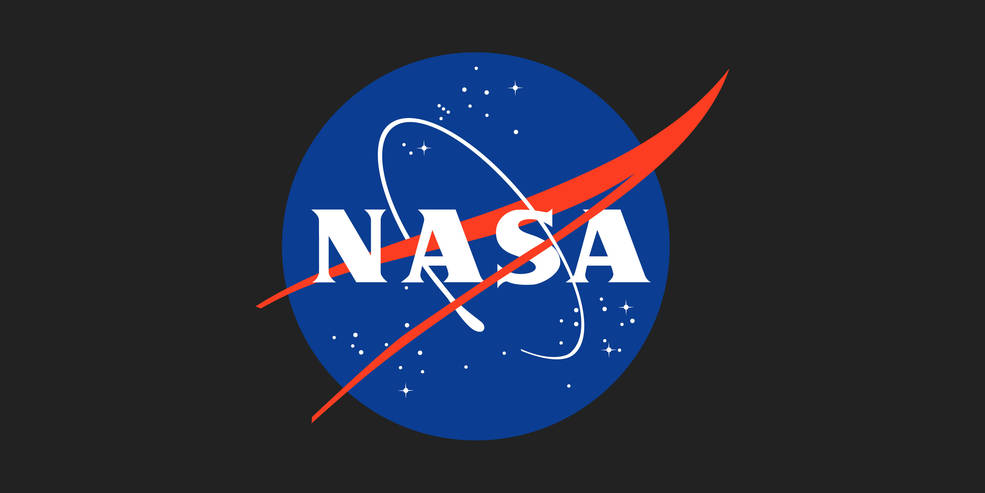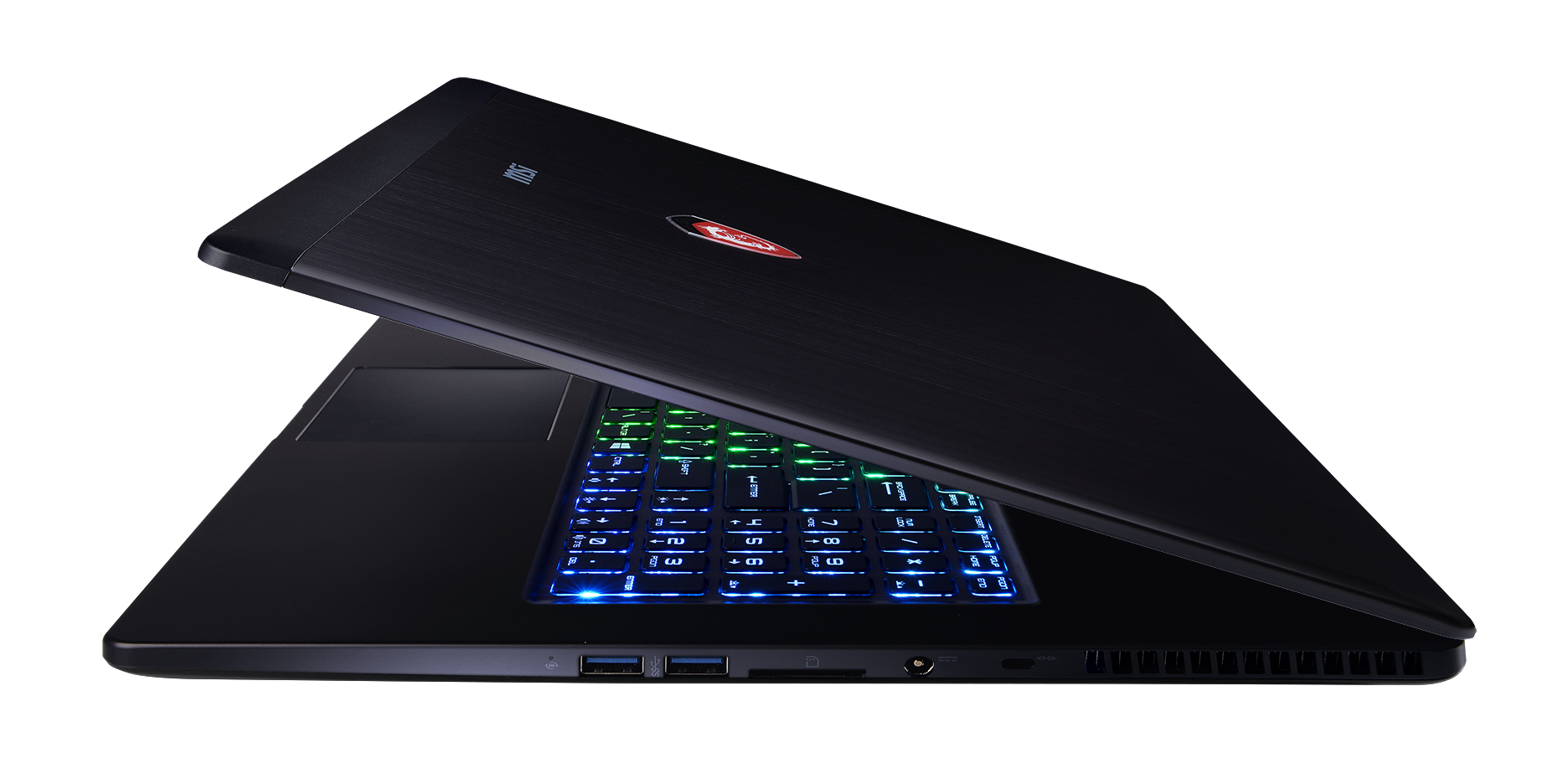NASA Looks to University Researchers for Innovative Space Tech Solutions

University-led research could transform the future of space exploration, from small spacecraft to “smart” systems for the Moon, Mars and beyond. NASA has selected 14 proposals for the study of innovative, early stage technologies that address high-priority needs of America’s space program.
The universities will work on their proposed research and development projects for up to three years and will receive as much as $500,000 each in Early Stage Innovations grant funding from NASA’s Space Technology Research Grants program.
“Early Stage Innovations utilize the nation’s brightest minds in academia to advance mission capabilities,” said Jim Reuter, acting associate administrator of NASA’s Space Technology Mission Directorate in Washington. “This research will help solve complex challenges facing future exploration of the Moon, Mars and beyond.”
The proposals, selected under the Early Stage Innovations 2018 solicitation, address unique, disruptive or transformational technologies in a variety of areas. The 14 selected proposals, which fall under five categories, are:
Topic 1: Modeling for Small Spacecraft Electric Propulsion
Future exploration missions will carry small spacecraft as secondary payloads. This topic aims to mature small electric propulsion systems for those spacecraft, using models to reduce risk and help increase flight readiness.
- Data-Driven Predictive Modeling of Small Spacecraft Electric Propulsion Systems; University of Michigan
- Multi-scale Modeling of Plume-Spacecraft Interactions for Novel Propellants; University of Illinois at Urbana-Champaign
- Simulating the Operational Local Volume for Electrospray ion Thrusters (SOLVEiT); Massachusetts Institute of Technology
Topic 2: Smart and Autonomous Systems for Space
Future exploration missions will require spacecraft, robots and habitats that operate autonomously for extended periods of time. These proposals will help advance research of smart systems, specifically employing methods for machine learning and adapting over time.
- A Control Framework for Autonomous Physical Systems: Observation, Modeling, Prediction and Planning; University of Massachusetts, Amherst
- Autonomous Maneuvering within Chaotic Multi-Body Systems; University of Colorado, Boulder
- Risk-Sensitive Learning and Decision Making for Autonomous Space Robots; Stanford University
- Safety-Constrained and Efficient Learning for Resilient Autonomous Space Systems; University of Illinois at Urbana-Champaign
Topic 3: Omni-Optical Antennas and Optical-Multiple-Access Technologies for Free-Space Near-Earth Satellite Communication
NASA and the commercial telecommunications industry will benefit from efficient, high-bandwidth optical, or laser, communications.These proof-of-concept demonstrations will progress optical communications technologies such as dynamic hardware and systems.
- Electronically Controllable Metasurface Omnidirectional and Multiple Access Optical Antennas for Free-Space Near-Earth Satellite Communication; California Institute of Technology
- Integrated Omni-Directional Optical Phased Array Transceivers with Sub-Wavelength Element Spacing and Automatic Beam-Alignment; University of Pennsylvania
- Miniature Optical Steered Antenna for Intersatellite Communication (MOSAIC); Massachusetts Institute of Technology
Topic 4: Modeling Shock Layer Radiation and Chemical Kinetics for Planetary Entry
Planetary entry systems are integral to science and exploration missions on other worlds. The selected research proposals will advance modeling of planetary entry environments to improve heat shield designs.
- Air-Carbon Boundary Layer Chemistry for Hypersonic Ablation; Montana State University
- Radiative heating attenuation through heat shield doping: A multi-scale approach from ab initio to computational fluid dynamics; University of Illinois at Urbana-Champaign
Topic 5: Physical and Mechanistic Modeling of the Self-Reacting Friction Stir Welding Process
These proposals will develop and model techniques to improve advanced welding technology to manufacture rocket components made from lightweight metals.
- Development of a methodology for characterizing the tool/part interface in friction stir welding for improvement of predictive modeling in aluminum alloys; Brigham Young University
- Multiphysics Integrated Modeling of Self-Reacting Friction Stir Welding; The Ohio State University
The Space Technology Research Grants program is funded by NASA’s Space Technology Mission Directorate, which is responsible for developing the crosscutting, pioneering, new technologies and capabilities needed by the agency to achieve its current and future missions.
For more information about NASA’s Space Technology Research Grants program, visit:
For more information about the Space Technology Mission Directorate, visit:
-end-





